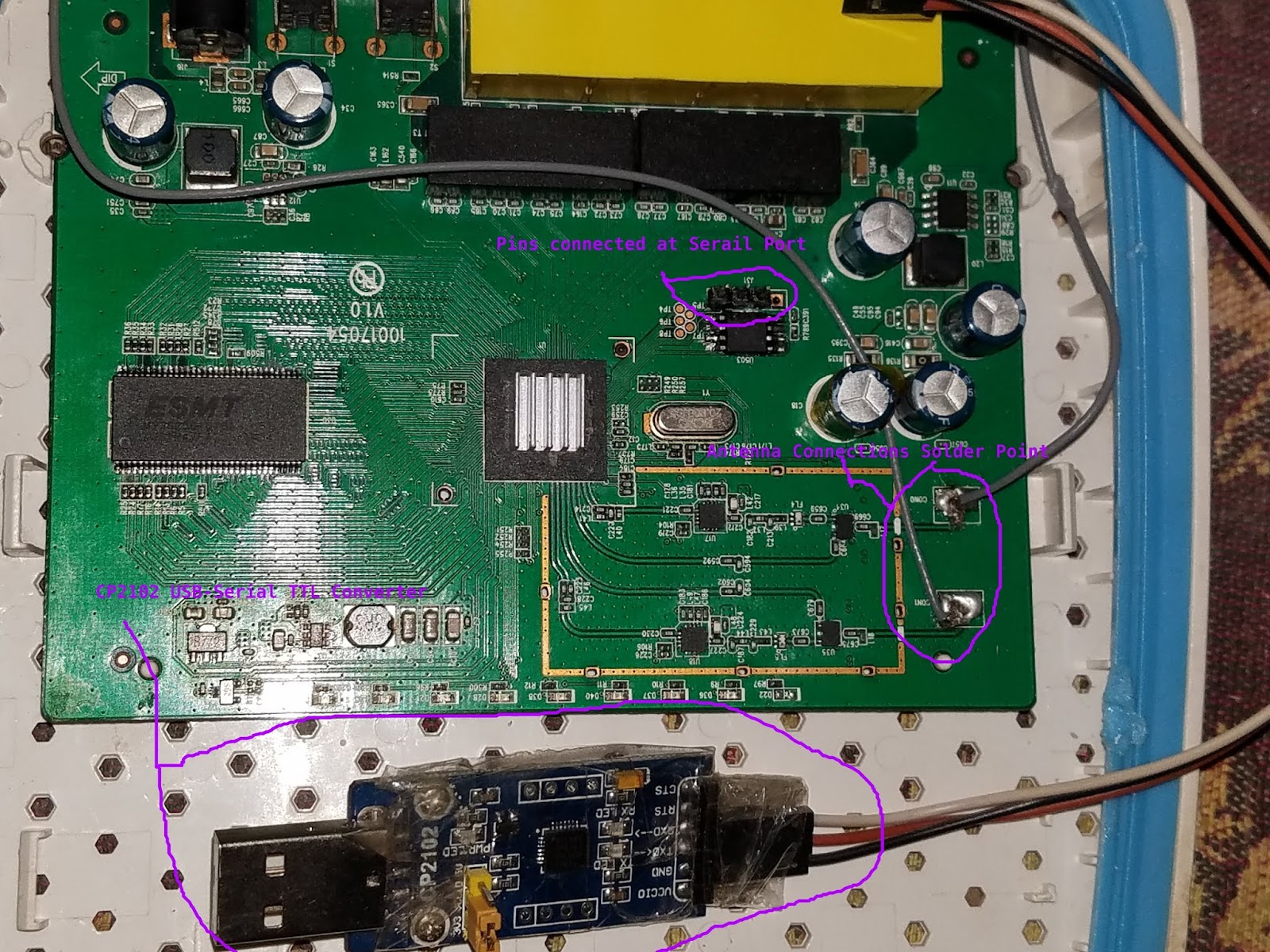Who Else Wants Info About How To Kill Tty Session

Then use kill command to terminate that tty connection.
How to kill tty session. Use those pids to forcefully kill the process: Before it times out they kill the putty session leaving those inactive logins above. How to close a tty?
Locate the tty that you wish to kill. You can use the tty, w or who command to find the tty name of the current process or all other linux users on the system. Run the following to get the pid (process id) of running sessions:
You can kill session process by referring to its tty column’s value above. Here is the command to kill. March 31, 2023 written by:
1 answer sorted by: Once you’ve identified the tty session you want to. Every user session will have tty value starting with pts/.
1 @goldilocks, vts can be dynamically allocated and closed. For the above example # kill 331857 if the process doesn’t gracefully terminate, just as a last option you can forcefully kill by sending a. 1) kill user session using pkill command tty session can be used to kill a specific user ssh session & to identify tty session, please use ‘w’ command.
Sudo service lightdm stop so you will end up in the virtual terminal #7. Here you will get the user info and process id. Use below commands to kill pid.
Sometime script command may not be completed properly or sometime improperly closed ssh session. We can kill a linux login session remotely by sending a hangup signal (sighup) to the process running the login session. Kill the idle pts/tty session in linux server situation:
@jeffschaller the user roxa is attempting to ssh from another server but their connection hangs. Typically bash or ksh shell runs. The first one is always allocated when the console is on it, init and x generally allocate the next ones,.
Viewed 5k times. The most effective way to kill a process. Occasionally i open a tty, using say ctrl + alt + f3 (usually because i've done something silly and need to kill a program or recover in some.
1 the current process (the scripts process or shells, whichever the case may be) is stored in $$ using that pid, you can use the pgrep. Show who is logged on and what they are doing who:. To shut down your x session type in the command line:


















